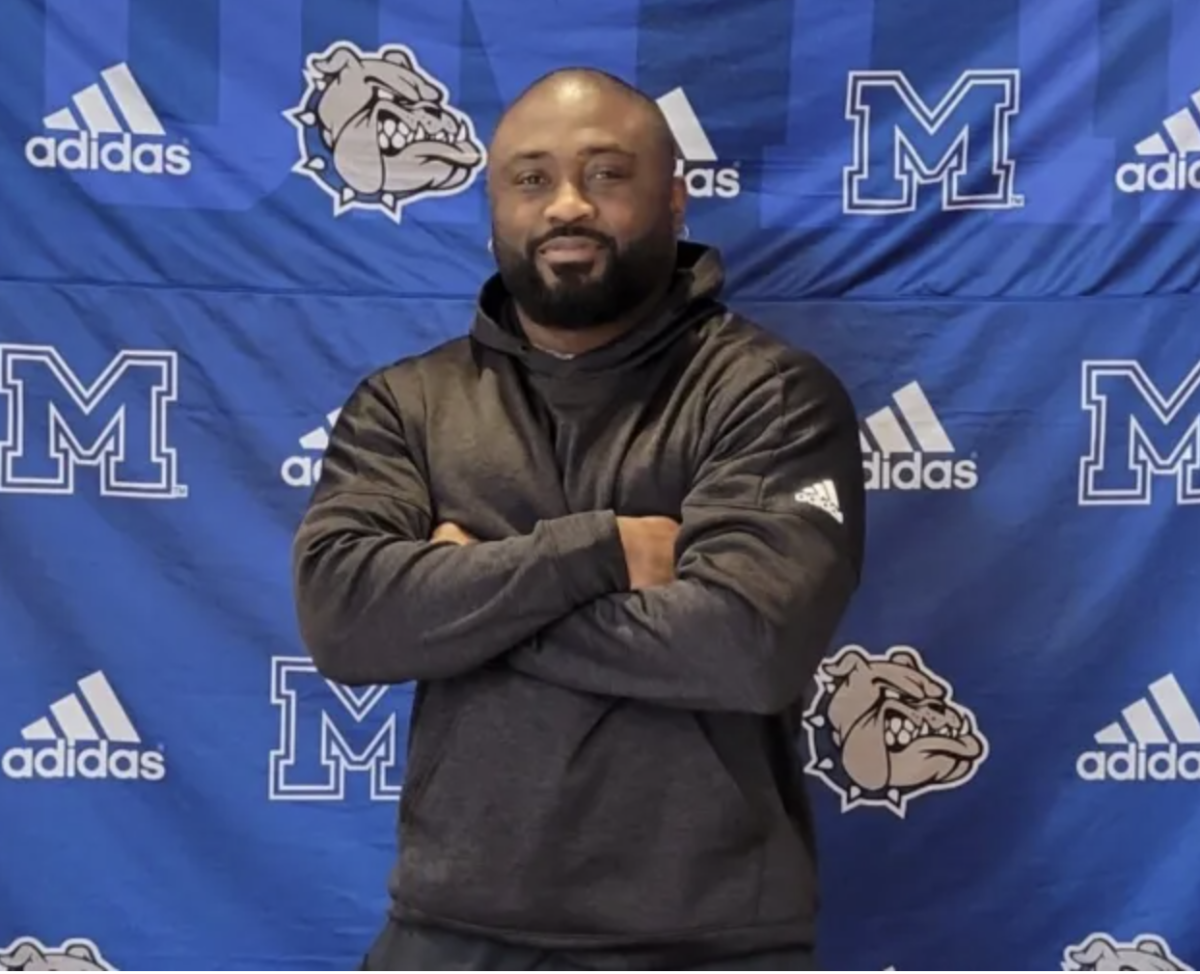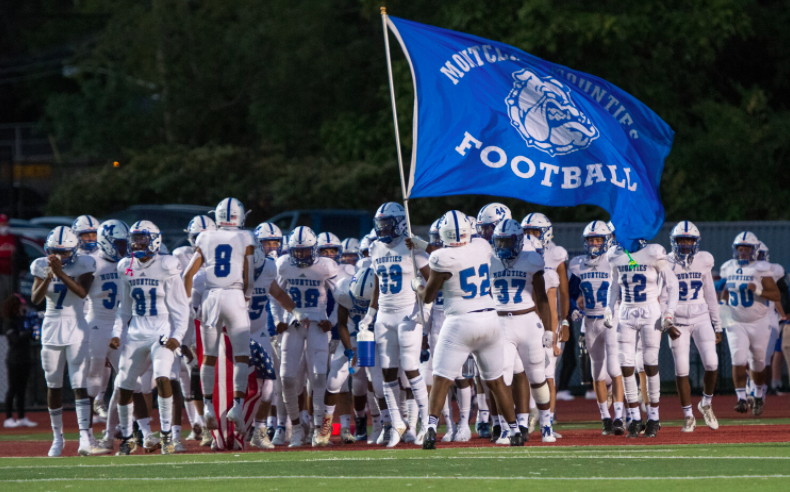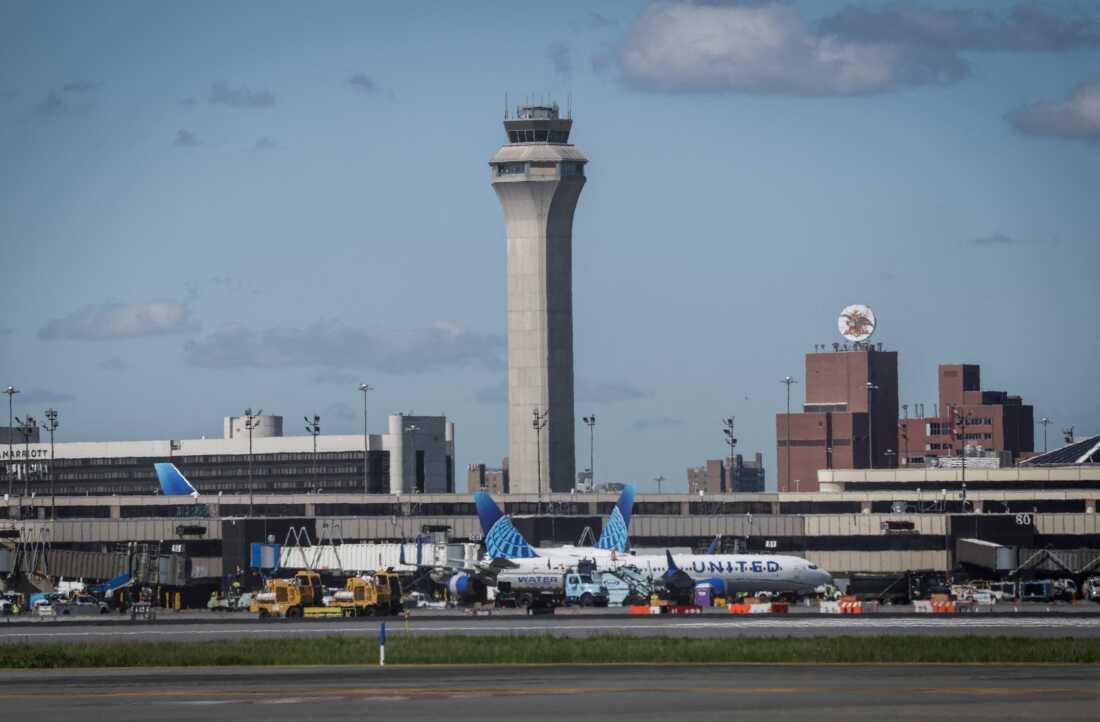Over the past decade, the college application process has become increasingly difficult for high school students. The bar has been drastically raised, and students are trying their best to keep up while attempting to maintain their mental health. This generational shift has been driven by many factors, leaving students from all backgrounds feeling immense pressure.
Expectations for high school students have risen due to a surplus of overqualified students applying to top colleges and more requirements to complete a competitive application. The United States has specifically seen a rise in the standard of living, which in turn creates a stronger desire for higher levels of education.
This heightened demand has created a surplus of highly qualified students applying to top colleges, which, in turn, has raised the expectations for an “average” student. Montclair High School, in particular, has developed a highly competitive environment when it comes to college admissions.
“It’s a very smart town compared to other communities throughout America. That’s what makes it so toxic when regarding applications and the desire to go to a good school” said MHS junior Ben Cohen, “People’s parents pressure their kids to want to do really well, and then those kids reflect that onto the atmosphere of the rest of the school.”
While students at MHS are feeling the pressure, this issue is not unique to this school. Across the country, parents are monitoring their children’s academic performance, achievements, and course rigor more closely than ever, setting increasingly high expectations.
According to transcript studies from the National Center for Education Statistics, current high school parents have been actively encouraging their children to take on a more rigorous course load, comparing them to other students, and constantly emphasizing reaching a higher level.
The intense academic pressure leads many students to experience burnout, resulting in anxiety, depression, and a lack of motivation. This can even manifest in somatic symptoms like stomach aches or sleep deprivation.
With so many highly qualified applicants, the challenge now is distinguishing oneself from the competition. Statistics are showing that college admissions are becoming increasingly competitive, even for top students, as colleges struggle to differentiate among highly qualified applicants
AP classes, sports, and strong test scores are no longer enough to secure admission to a top school. Even extracurriculars like community service, passion projects, and internships—once considered distinguishing factors—are now commonplace, making it harder for students to stand out.
This growing competition is reflected in the sharp decline in acceptance rates at elite universities. In 2014, Duke University admitted around 20% of applicants, but this year, that number has dropped to just 5%. Harvard, Stanford, and Columbia have seen similar trends, driven by a surge in applications fueled by test-optional policies, the accessibility of the Common App, and increasing pressure on students to apply to more schools.
In 2023 alone, Duke received over 49,000 applications for fewer than 2,500 spots, making its admissions process more selective than ever. Due to these changes in acceptance rates, universities with acceptance rates below 20% are now regarded as reach schools for almost all applicants.
A report from the American College Health Association revealed that 60% of high school students feel stressed about applying to college. The ever-growing demands of the college application process will continue to make securing spots at top schools more difficult.
While college admissions can be stressful, maintaining a positive outlook is crucial. Ultimately, a student’s success is defined not just by where they go, but by how they take advantage of the opportunities available to them.















